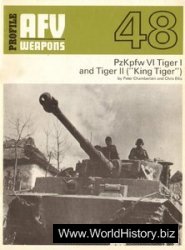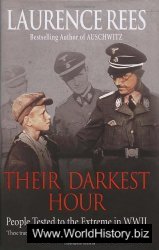At the time of the Civil War only a small percentage of the American workforce was organized, and most union members were cigarmakers, printers, carpenters, and other skilled artisans, not factory hands. Aside from ironworkers, railroad workers, and miners, few industrial laborers belonged to unions. Nevertheless the union was the workers’ response to the big corporation: a combination designed to eliminate competition for jobs and to provide efficient organization for labor.
After 1865 the growth of national craft unions, which had been stimulated by labor dissatisfaction during the Civil War, quickened perceptibly. In 1866 a federation of these organizations, the National Labor Union, was founded and by the early 1870s many new trades, notably in railroading, had been unionized.
Most of the leaders of these unions were visionaries who were out of touch with the practical needs and aspirations of workers. They opposed the wage system, strikes, and anything that increased the laborers’ sense of being members of the working class. A major objective was the formation ofworker-owned cooperatives.
Far more remarkable was the Knights of Labor, a curious organization founded in 1869 by a group of Philadelphia garment workers headed by Uriah S. Stephens. Like so many labor organizers of the period, Stephens was a reformer of wide interests rather than a man dedicated to the specific problems of industrial workers. He, his successor Terence V. Powderly, and many other leaders of the Knights would have been thoroughly at home in the labor organizations of the Jacksonian era. Like the Jacksonians, they supported political objectives that had no direct connection with working conditions, such as currency reform and the curbing of land speculation. They rejected the idea that workers must resign themselves to remaining wage earners. By pooling their resources, working people could advance up the economic ladder and enter the capitalist class. “There is no good reason,” Powderly wrote in his autobiography, The Path I Trod, “why labor cannot, through cooperation, own and operate mines, factories, and railroads.” The leading Knights saw no contradiction between their denunciation of “soulless” monopolies and “drones” like bankers and lawyers and their talk of “combining all branches of trade in one common brotherhood.” Such muddled thinking led the Knights to attack the wage system and to frown on strikes as “acts of private warfare.”
If the Knights had one foot in the past, they also had one foot in the future. They supported some startlingly advanced ideas. Rejecting the traditional grouping of workers by crafts, they developed a concept closely resembling modern industrial unionism. They welcomed blacks (though mostly in segregated locals), women, and immigrants, and they accepted unskilled workers as well as artisans. The eight-hour day was one of their basic demands, their argument being that increased leisure would give workers time to develop more cultivated tastes and higher aspirations. Higher pay would inevitably follow.
The growth of the union, however, had little to do with ideology. Stephens had made the Knights a secret organization with an elaborate initiatory ritual. Under his leadership, as late as 1879 it had fewer than
10,000 members. Under Powderly, secrecy was discarded. Between 1882 and 1886 successful strikes by local “assemblies” against western railroads, including one against the hated Jay Gould’s Missouri Pacific, brought recruits by the thousands. The membership passed 42,000 in 1882, 110,000 in 1885, and in 1886 it soared beyond the 700,000 mark. Alas, sudden prosperity was too much for the Knights. Its national leadership was unable to control local groups. A number of poorly planned strikes failed dismally, and the public was alienated by sporadic acts of violence and intimidation. Disillusioned recruits began to drift away.
Circumstances largely fortuitous caused the collapse of the organization. By 1886 the movement for the eight-hour day had gained wide support among workers, including many who did not belong to unions. Several hundred thousand (estimates vary) were on strike in various parts of the country by May of that year. In Chicago, a center of the eight-hour movement, about 80,000 workers were involved, and a small group of anarchists was trying to take advantage of the excitement to win support.
When a striker was killed in a fracas at the McCormick Harvesting Machine Company, the anarchists called a protest meeting on May 4, at Haymarket Square. Police intervened to break up the meeting, and someone—his identity was never established—hurled a bomb into their ranks. Seven policemen were killed and many others injured.
The Image Terence Powderly at Knights of Labor Convention at Www. myhistorylab. com




 World History
World History









